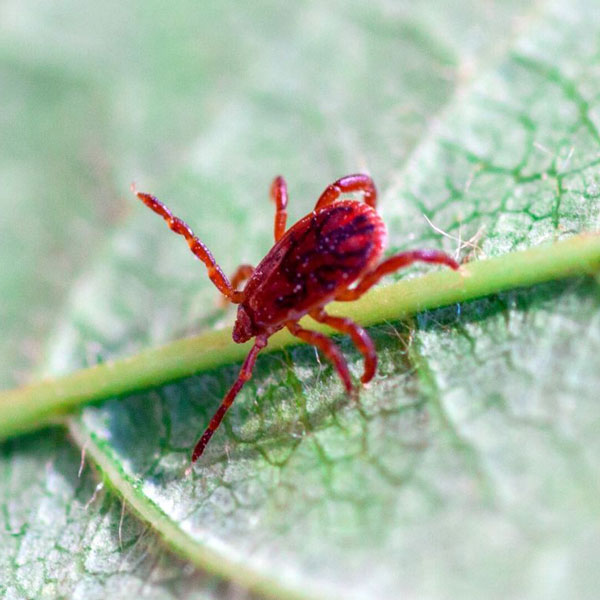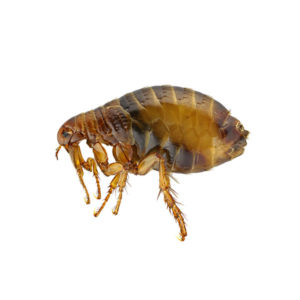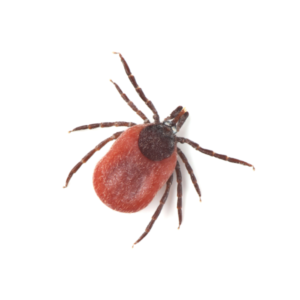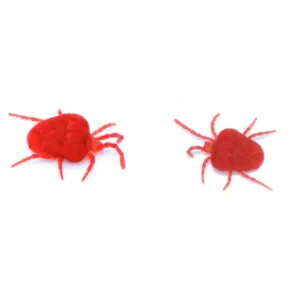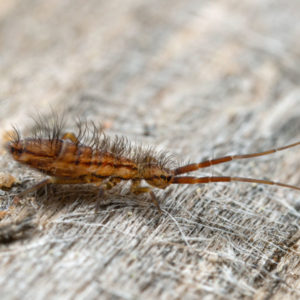Chigger Mites in Memphis TN Metro Area
During the summer months, chigger mites or redbugs can bother people and animals, leading to strong itching and irritation. In the United States, chiggers are mainly present in the southeast, south, and midwest regions. They are most active from the beginning of spring until the start of autumn, before the first frost. Contrary to popular belief, chigger larvae cause all the harm and don’t actually burrow into the skin. Instead, they attach themselves to the skin’s surface or the edge of a hair follicle.
Chigger Mite Habitat
Chigger mites have a liking for damp, grassy, and wooded places, particularly at the boundaries of forests. You can come across them near lakes, streams, and even on your own lawn. Grown-up chiggers can sometimes be observed as big, brightly red mites moving across lawns and pavements. Throughout the winter, adult chiggers remain underground, but as soon as the first warm days of spring arrive, they lay eggs. After depositing the eggs, the adult chiggers perish, and the eggs hatch into chiggers. These chiggers then move around until they come into contact with people or other hosts.
Chigger Mite Behaviors, Threats, or Dangers
Chigger mites often hide in dense foliage, grass, parks, gardens, grassy fields, and damp spots near rivers or lakes. These places are commonly frequented by people for activities like recreation, hiking, and camping. When they come into contact with skin, they settle in and start feeding. Most chiggers target the ankles or areas below the knees, although some may venture higher to attack the groin and underarm regions. Once bitten, the body responds to the digestive enzymes that chiggers release to dissolve skin cells, resulting in a rash and intense itching that typically begins a few hours after their feeding.
If you are dealing with chigger mites, it’s important to always enlist the help of a professional tick & mite control expert.

